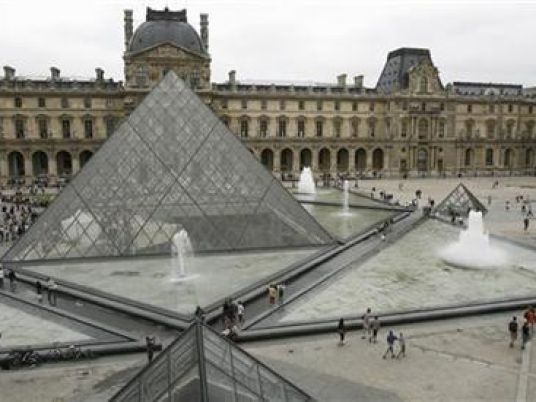
Archaeologists claim they could be “very close” to locating a secret cavity located within the Great Pyramid of Giza, AFP reported earlier this month.
A team of scientists have been working to identify the location of a hidden chamber buried within the ancient wonder of the world, adding that the existence of the space was first detected last October using non-invasive technology to study the 4,500-year-old monument.
“All the devices we put in place are designed to find where the cavity is located. We know there is one, but we’re trying to find out where,” Mehdi Tayoubi, president of France’s Heritage Innovation Preservation Institute told AFP.
Researchers have turned to cutting-edge technology to locate the mysterious cavity – including 3D reconstruction, infrared thermography and a technique called muography, which records particles known as muons to create images.
The researchers said last year that a cavity detected “could have the form of at least one corridor going inside the Great Pyramid”. They also confirmed the presence of an “unknown void” on the north side of the structure.
But Egypt’s former Minister of Antiquities Zahi Hawass cautioned against concluding the cavity is an undiscovered room, and said more work was needed to establish the nature and size of the space.
Hawass claimed that the discovery could just be “anomalies” or “small voids” between the stones.
“The core [of the pyramid] has big and small stones, and this can show hollows everywhere,” Hawass said.
France’s Heritage Innovation Preservation Institute launched the Scan Pyramids project with researchers from Cairo University’s Faculty of Engineering in October 2015.
The project is among the most ambitious of the ventures aiming to uncover mysteries of the pyramid.
The team’s sophisticated technology includes electronic sensors from the KEK Japanese Research Laboratory, chemical emulsion instruments from Japan’s University of Nagoya, and muon telescopes from the French Atomic Energy Commission.




